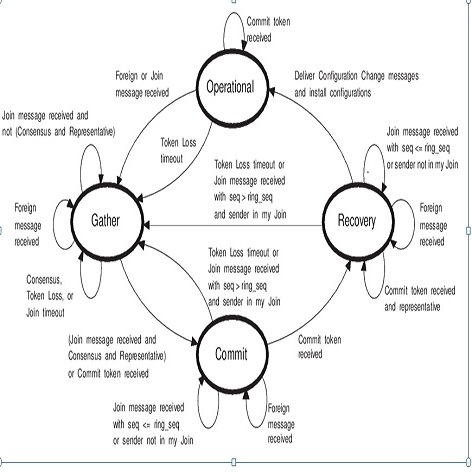The increasing scale and wealth of inter-connected data, such as those accrued by social network applications, demand the design of new techniques and platforms to efficiently derive actionable knowledge from large-scale graphs. However, real-world graphs are famously difficult to process efficiently. Not only they have a large memory footprint, but also most graph algorithms entail memory access patterns with poor locality, data-dependent parallelism and a low compute-to-memory access ratio. Moreover, most real-world graphs have a highly heterogeneous node degree distribution, hence partitioning these graphs for parallel processing and simultaneously achieving access locality and load-balancing is difficult. This work starts from the hypothesis that hybrid platforms (e.g., GPU-accelerated systems) have both the potential to cope with the heterogeneous structure of real graphs and to offer a cost-effective platform for high-performance graph processing. This work assesses this hypothesis and presents an extensive exploration of the opportunity to harness hybrid systems to process large-scale graphs efficiently. In particular, (i) we present a performance model that estimates the achievable performance on hybrid platforms; (ii) informed by the performance model, we design and develop TOTEM - a processing engine that provides a convenient environment to implement graph algorithms on hybrid platforms; (iii) we show that further performance gains can be extracted using partitioning strategies that aim to produce partitions that each matches the strengths of the processing element it is allocated to, finally, (iv) we demonstrate the performance advantages of the hybrid system through a comprehensive evaluation that uses real and synthetic workloads (as large as 16 billion edges), multiple graph algorithms that stress the system in various ways, and a variety of hardware configurations.
翻译:此外,大多数真实世界的图表都有高度差异的节点分布,因此很难将这些图表用于平行处理,同时实现访问地点和负载平衡。这项工作源于以下假设:混合平台(如GPU-加速系统)既有可能应对真实图表的复杂结构,也有可能为高性能图表处理提供具有成本效益的平台。 这项工作评估了这一假设,并广泛探索利用混合系统高效处理大型图表的机会。 特别是(一)我们提出了一种业绩模型,用以估算混合平台上可实现的绩效; (二)根据混合平台(如GPU-加速系统)的假设,我们利用各种功能评估,我们设计了一个业绩模型,并用各种功能进行计算,从而通过计算模型,我们设计一个业绩模型,并用各种功能来显示一个业绩模型的进度。




